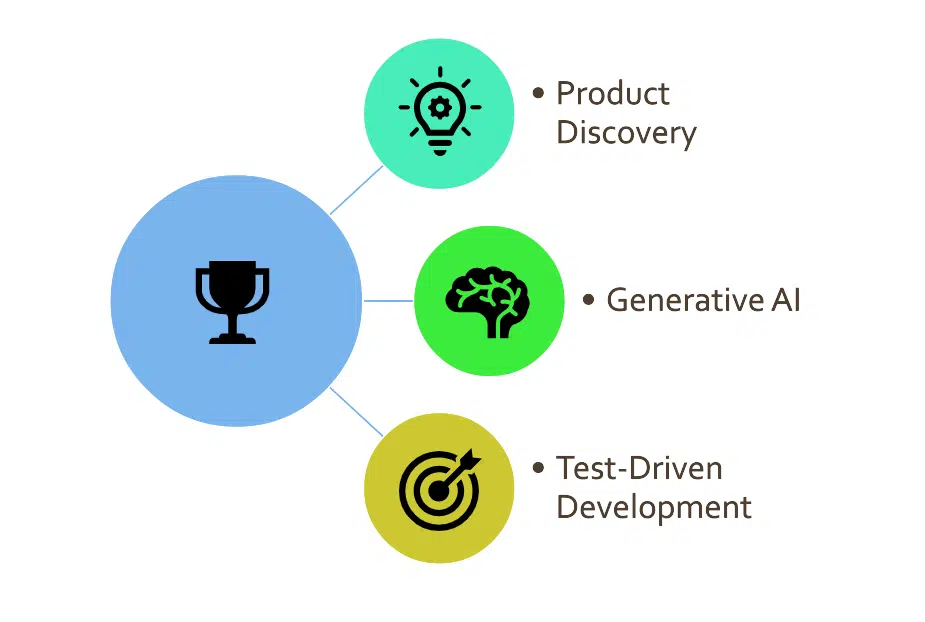Fraud is an ever-evolving threat to banks, from phishing scams to sophisticated account takeovers. Traditional rule-based systems struggle to keep up, generating high false positives and missing subtle fraud patterns. This is where Google Cloud’s Vertex AI revolutionizes fraud detection, offering a robust, adaptive, and efficient approach.

Challenges of Traditional Fraud Detection
🔴 Rigidity – Rule-based systems require constant updates and struggle with new fraud tactics. 🔴 High False Positives – Many legitimate transactions get flagged, frustrating customers. 🔴 Inability to Detect Novel Fraud – These systems fail to recognize emerging fraud patterns. 🔴 Limited Scalability – Growing transaction volumes make rule-based systems difficult to maintain.
Vertex AI: Transforming Fraud Detection
Vertex AI enables banks to deploy machine learning models that:
✅ Learn & Adapt – Identify complex fraud patterns by analyzing vast transaction data. ✅ Reduce False Positives – Use sophisticated algorithms for more precise fraud detection. ✅ Detect Emerging Fraud – Identify anomalies in real time, even for unseen fraud tactics. ✅ Scale Efficiently – Handle massive transaction volumes seamlessly with Google Cloud. ✅ Automate Model Training – Streamline the ML lifecycle from data prep to deployment.
Simple Use Case: Credit Card Fraud Detection with Vertex AI
Scenario:
A bank wants to detect fraudulent credit card transactions using Vertex AI and a supervised learning approach with a pre-trained model.
Dataset Features:
- Transaction Amount – The purchase amount.
- Transaction Time – Timestamp of the transaction.
- Merchant Category Code – Code representing the merchant type.
- Customer ID – Unique identifier for the customer.
- Is Fraud – Label indicating fraud (1) or legitimate (0).
Implementation Steps:
1️⃣ Project Setup – Enable Vertex AI API in Google Cloud.
2️⃣ Data Upload – Import transaction data into Vertex AI’s dataset repository.
3️⃣ Model Training (AutoML) – Select AutoML Classification to train the model on historical fraud patterns.
4️⃣ Model Evaluation – Assess performance based on precision, recall, and accuracy to minimize false negatives.
5️⃣ Deployment & Predictions – Deploy the model as an endpoint for real-time fraud detection.
6️⃣ Integration & Monitoring – Embed fraud scoring in transaction systems, continuously monitoring and retraining for evolving fraud tactics.
Example Prediction Request:
{
"instances": [
{
"transaction_amount": 25.50,
"transaction_time": "2024-10-27T10:00:00Z",
"merchant_category_code": "5812",
"customer_id": "12345"
}
]
}
Example Prediction Response:
{
"predictions": [
{
"classes": [0], // 0 for not fraud, 1 for fraud
"scores": [0.95] // Probability of being fraudulent
}
]
}
Benefits of Vertex AI for Fraud Detection
✔ Higher Accuracy – Reduce false positives and negatives. ✔ Real-time Fraud Prevention – Stop fraudulent transactions instantly. ✔ Adaptability – Models evolve with new fraud tactics. ✔ Scalability – Seamlessly processes high transaction volumes. ✔ Lower Costs – Automates fraud detection, reducing operational expenses.
Conclusion
Vertex AI empowers banks with cutting-edge fraud detection, enhancing security and customer trust. As fraud tactics evolve, machine learning’s adaptive nature makes Vertex AI an indispensable tool in combating financial crime. Embracing AI-driven fraud prevention is key to a secure and resilient banking ecosystem.
💡 Want to explore how Vertex AI can strengthen your bank’s fraud detection strategy? Let’s connect! Reach out to me for insights and tailored solutions.



